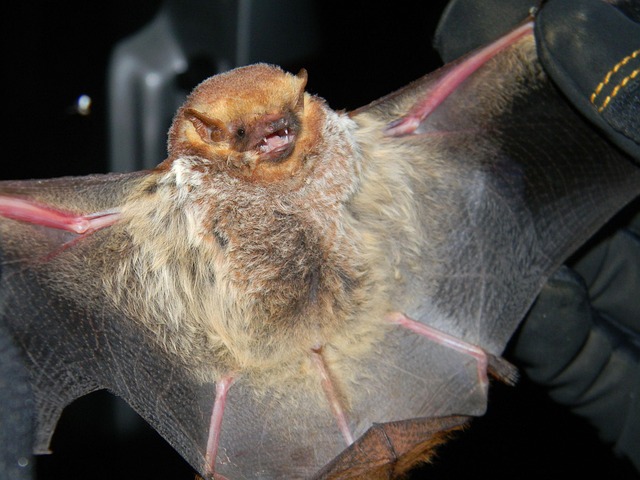Discovering Bats at Patsy Glenn Refuge
A Look into the Recent Bat Survey by Texas Nature Trackers
Bats are often misunderstood creatures, yet they play a vital role in our ecosystem—controlling insect populations and pollinating plants. Recently, the Texas Nature Trackers Team, part of the Hays County Chapter of Texas Master Naturalists, took a closer look at the bats inhabiting Patsy Glenn Refuge in Wimberley, Texas.
A Hidden Gem for Nature Lovers
Nestled behind the Wimberley Community Center, Patsy Glenn Refuge is a tranquil 1.8-acre haven of nature trails, wildflower meadows, and a bird blind featuring a water drip to attract local bird species such as chickadees, sparrows, cardinals, and tufted titmice. It’s a peaceful spot where nature enthusiasts can observe and enjoy a variety of wildlife.
How Did We Study the Bats?
To understand the bat population at Patsy Glenn Refuge, the team conducted a four-night sampling using an electronic acoustic bat detector. Since bats communicate using ultrasonic echolocation calls—sounds humans can’t hear—the detector captures these ultrasonic signals. Using specialized auto ID software combined with manual analysis, the team can identify the likelihood of different bat species based on their calls.
What Did We Find?
While we can’t be 100% certain about individual bats without direct observation, the data suggests that at least two species are likely present:
- The Seminole bat
- The Evening Bat
Other possible residents include the Mexican free-tailed bat—common in our area—and several other species such as the Eastern Red Bat, Hoary Bat, Northern Yellow Bat, Cave Myotis, and Tri-colored Bat.
Why Bats Matter
Bats are essential for a healthy environment. They help control insects, including mosquitoes and moths, and some species are vital pollinators. Pup season occurs from late May to early June, typically involving the birth of a single pup per year, except for the Eastern Red Bat, which can have 2-4 pups.
How Can You Support Bats?
If you’re interested in attracting bats to your yard, consider planting native flowers that bloom at night or in the evening, providing a water source, and installing a bat house. These simple steps create a welcoming habitat and help sustain local bat populations.
In Conclusion
The recent survey at Patsy Glenn Refuge highlights the importance of understanding and supporting our local bats. By learning about these fascinating creatures, we can foster greater appreciation and take steps to protect them. Bats may be silent creatures of the night, but their contributions to our environment are loud and clear.
